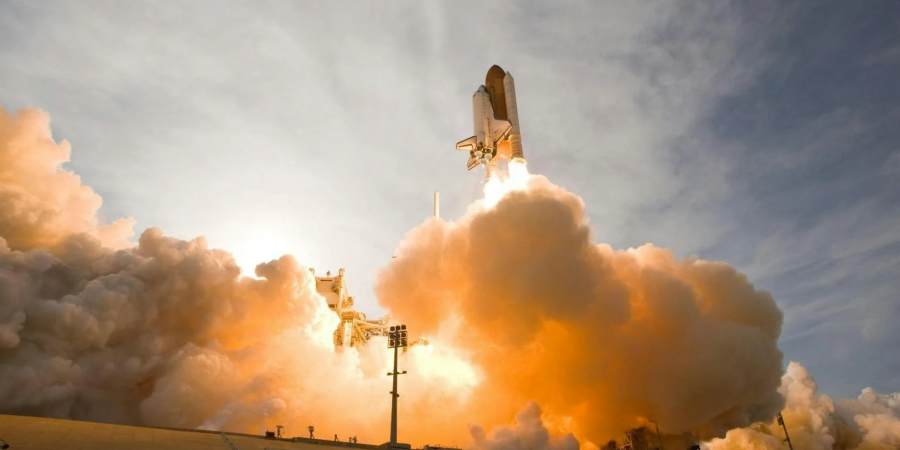

India's space exploration endeavors have been steadily gaining momentum, with the Indian Space Research Organisation (ISRO) continuously pushing boundaries and expanding its horizons. One such ambitious mission on the horizon is the Aditya-L1 mission, poised to revolutionize our understanding of the Sun and its impact on Earth's environment.
Scheduled for launch in the near future, the Aditya-L1 mission aims to study the Sun's outermost layer, the corona, and its atmosphere. Named after the Hindu sun god, Aditya, the mission represents a significant milestone in India's space exploration journey, positioning the country as a key player in solar research and space science.
At the heart of the Aditya-L1 mission is the quest to unravel the mysteries of solar dynamics and space weather phenomena. The Sun, our nearest star, exerts a profound influence on the Earth's climate, communications systems, and even human health. Understanding the processes governing solar activity and variability is essential for predicting space weather events such as solar flares and coronal mass ejections, which can have significant implications for technology-dependent societies.
Equipped with state-of-the-art instruments, the Aditya-L1 spacecraft will observe the Sun from a vantage point known as the Lagrangian point L1, situated approximately 1.5 million kilometers from Earth. This strategic vantage point offers an unobstructed view of the Sun, enabling continuous monitoring of solar phenomena and high-resolution imaging of the solar corona.
One of the primary objectives of the Aditya-L1 mission is to study the dynamics of the solar corona and unravel the mechanisms driving its extreme temperatures and energetic processes. The corona, with its scorching temperatures exceeding millions of degrees Celsius, remains a scientific enigma, defying conventional models of heat transfer and energy transport. By probing the intricate dynamics of the corona, the Aditya-L1 mission aims to shed light on the origins of solar wind, solar flares, and other solar phenomena that impact space weather.
Moreover, the Aditya-L1 mission seeks to investigate the influence of solar variability on Earth's climate and environment. Solar irradiance, the Sun's output of electromagnetic radiation, plays a crucial role in regulating Earth's climate and atmospheric dynamics. Variations in solar activity can affect atmospheric circulation patterns, temperature distribution, and precipitation levels, influencing weather patterns and climate trends on a global scale. By monitoring solar irradiance and studying its long-term trends, the Aditya-L1 mission aims to improve climate models and enhance our understanding of solar-climate interactions.
In addition to its scientific objectives, the Aditya-L1 mission holds immense potential for technological innovation and international collaboration. The mission's advanced instrumentation and observational capabilities pave the way for cutting-edge research in solar physics and space science, while fostering collaboration with global partners in space exploration and scientific inquiry.
As India prepares to embark on its journey to the Sun, the Aditya-L1 mission represents a testament to the country's scientific prowess, technological ingenuity, and commitment to advancing our understanding of the cosmos. By venturing into the heart of our solar system, the mission holds the promise of unlocking new insights into the Sun's mysteries and empowering humanity to navigate the challenges of space weather and climate change in the 21st century and beyond.
